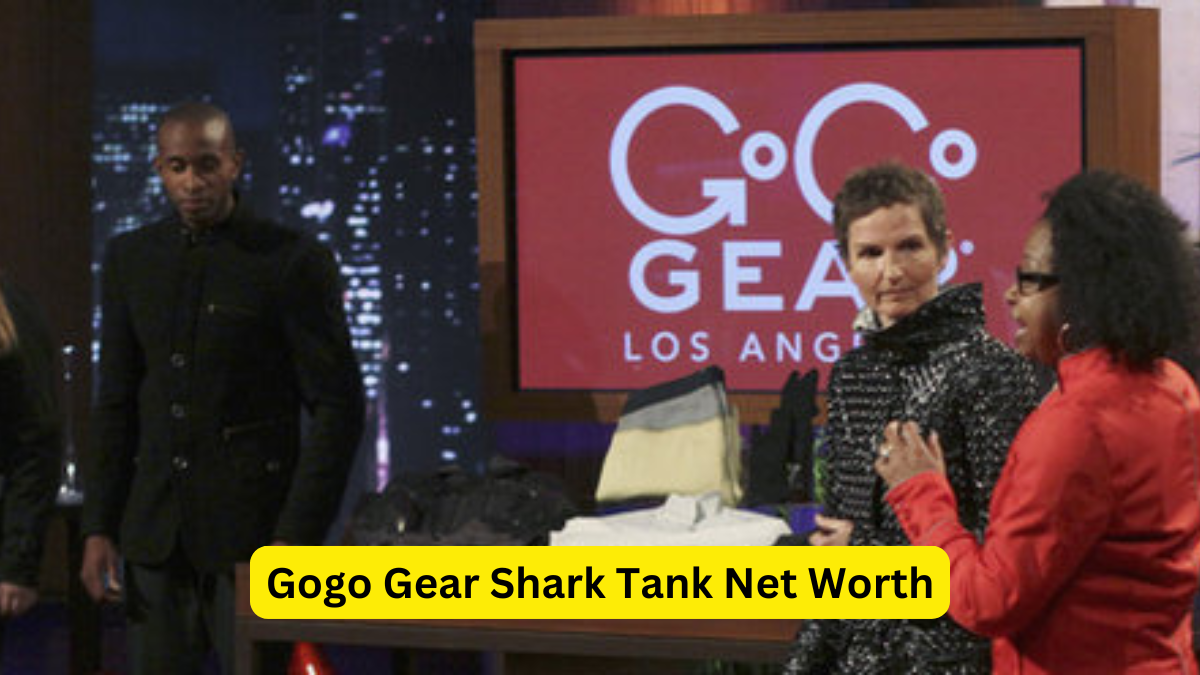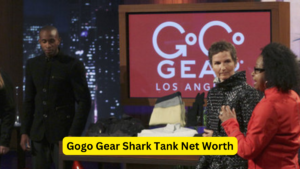Gogo Gear, a unique line of protective yet stylish clothing for motorcyclists, has made a mark in the business world, especially after its memorable appearance on the reality TV show “Shark Tank.” Founded by Arlene Battishill and Alisa De Gasperis, Gogo Gear was designed to fill a gap in the market by offering fashionable protective gear for women who ride motorcycles and scooters. The company’s journey to success has been fueled by its innovative products, passion for rider safety, and a sharp business acumen. This article delves into the story of Gogo Gear, its growth after “Shark Tank,” and the estimated net worth of the brand in 2024.
The Origins of Gogo Gear
Gogo Gear was launched in 2008 by Arlene Battishill and Alisa De Gasperis. The two entrepreneurs recognized a void in the market: stylish and protective clothing for women motorcyclists. Traditionally, protective gear for motorcyclists has leaned more towards functionality and less towards fashion. Battishill and De Gasperis wanted to change that by designing gear that was both safe and aesthetically pleasing.
Gogo Gear offers a range of jackets, pants, and other apparel that combine fashion with functionality. The garments are made from high-quality materials and are reinforced with protective armor to keep riders safe while maintaining a chic look. The idea was to make safety gear that riders would want to wear all the time, not just while on the road.
Gogo Gear’s Shark Tank Experience
Gogo Gear gained significant national attention when Arlene Battishill and Alisa De Gasperis appeared on Season 2 of “Shark Tank” in 2011. They pitched their company to the panel of investors, also known as “sharks,” seeking $300,000 in exchange for a 15% equity stake in their company. Battishill and De Gasperis presented their unique approach to protective motorcycle gear and highlighted the growing market for stylish, safety-oriented products.
During their pitch, the founders explained how their gear was designed to protect riders without compromising on style. The sharks were intrigued by the concept but expressed concerns about the business’s scalability and profitability. After some negotiations, they received an offer from Daymond John, who proposed to invest $300,000 for a 65% stake in the company. However, Battishill and De Gasperis declined the offer, believing it undervalued their business.
Despite not securing a deal on the show, their appearance on “Shark Tank” provided Gogo Gear with invaluable exposure. The show gave them a platform to reach a broader audience, leading to a significant increase in customer interest and sales.
Growth and Expansion After Shark Tank
Post “Shark Tank,” Gogo Gear continued to grow and expand its product line. The company leveraged the exposure gained from the show to build a loyal customer base, and sales began to increase steadily. Arlene Battishill and Alisa De Gasperis focused on enhancing their product range, incorporating new styles and designs to cater to a broader demographic of motorcyclists. They also emphasized the importance of rider safety, further solidifying their position in the niche market of fashionable motorcycle gear.
Gogo Gear’s growth strategy involved direct-to-consumer sales through its website, strategic partnerships with motorcycle dealerships, and expansion into international markets. The company also invested in digital marketing and social media outreach, which helped increase brand visibility and attract new customers.
Moreover, the brand started gaining traction among influencers and social media personalities who appreciated the stylish yet protective aspect of Gogo Gear’s products. This word-of-mouth marketing strategy played a crucial role in building the company’s reputation and driving sales.
Revenue Streams and Financial Growth
Gogo Gear’s revenue streams are primarily derived from the sale of its protective gear and apparel, which includes jackets, pants, and accessories. By offering products that appeal to both style-conscious riders and safety-focused consumers, the brand successfully tapped into a niche market.
Additionally, the company has explored other avenues to diversify its revenue streams. Collaborations with other brands, custom orders for motorcycle clubs, and licensing opportunities have all contributed to Gogo Gear’s growth. They have also launched special editions and limited-time products that cater to a more exclusive segment of their audience, further boosting sales.
While exact revenue figures are not publicly available, industry estimates suggest that Gogo Gear generates several hundred thousand dollars in annual sales. The company’s decision to reject the deal on “Shark Tank” appears to have been the right one, as it has retained full control over its brand and profits.
Estimating Gogo Gear’s Net Worth in 2024
Estimating the exact net worth of Gogo Gear in 2024 requires consideration of several factors, including the company’s sales growth, market position, brand equity, and future prospects. Given the continued demand for stylish protective gear and Gogo Gear’s strong brand presence, the company’s net worth is estimated to be in the range of $2 million to $5 million.
This estimate is based on the company’s expansion post-“Shark Tank,” increased customer base, and steady revenue growth. The valuation also reflects the company’s potential for further expansion into new markets and product lines. As Gogo Gear continues to innovate and cater to the needs of modern motorcyclists, its valuation could rise significantly in the coming years.
Challenges and Future Prospects
Despite its success, Gogo Gear faces challenges like any growing business. The market for protective motorcycle gear is competitive, and staying ahead of trends while ensuring product quality and safety remains a priority. Additionally, the company must continually find new ways to attract and retain customers, particularly in the face of increasing competition from both established brands and new entrants.
However, with its unique blend of style and safety, Gogo Gear is well-positioned to capitalize on future growth opportunities. Continued investment in marketing, product development, and customer engagement will be key to its long-term success.
Conclusion
Gogo Gear’s estimated net worth in 2024, ranging from $2 million to $5 million, reflects its journey from a niche startup to a recognized name in the world of motorcycle fashion and safety. The company’s decision to stay true to its vision and reject the “Shark Tank” deal has allowed it to grow on its own terms. As Arlene Battishill and Alisa De Gasperis continue to innovate and expand, Gogo Gear’s future in the market of protective yet stylish motorcycle gear looks promising.

